In which of these circuits will the bulb glow?



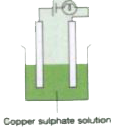
The correct Answer is:D
To determine in which of the given circuits the bulb will glow, we need to analyze the solutions provided and identify whether they can conduct electricity. The bulb will glow only if the circuit is complete and electricity is flowing through it.
1. Understanding the Concept of Conductivity:
- A solution must contain ions (cations and anions) to conduct electricity. These ions are responsible for the flow of electric current.
2. Analyzing Each Solution:
- Mustard Oil:
- Mustard oil is a non-polar substance and does not dissociate into ions in solution. Therefore, it cannot conduct electricity.
- Conclusion: The bulb will not glow in this circuit.
- Acetone:
- Acetone (CH3COCH3) is a simple organic compound that does not have ions. It does not dissociate into cations and anions in solution.
- Conclusion: The bulb will not glow in this circuit.
- Kerosene:
- Kerosene is also a non-polar liquid and does not contain ions. It does not conduct electricity.
- Conclusion: The bulb will not glow in this circuit.
- Copper Sulfate Solution:
- Copper sulfate (CuSO4) dissociates in water into Cu²⁺ (cations) and SO₄²⁻ (anions). This means it has charged particles that can move and carry electric current.
- Conclusion: The bulb will glow in this circuit.
3. Final Answer:
- The only solution that allows the bulb to glow is the Copper Sulfate Solution (option 4).
Summary:
- The bulb will glow only in the circuit with Copper Sulfate Solution because it is the only electrolyte among the given options that can conduct electricity.
- A solution must contain ions (cations and anions) to conduct electricity. These ions are responsible for the flow of electric current.
- Mustard Oil:
- Mustard oil is a non-polar substance and does not dissociate into ions in solution. Therefore, it cannot conduct electricity.
- Conclusion: The bulb will not glow in this circuit.
- Acetone (CH3COCH3) is a simple organic compound that does not have ions. It does not dissociate into cations and anions in solution.
- Conclusion: The bulb will not glow in this circuit.
- Kerosene is also a non-polar liquid and does not contain ions. It does not conduct electricity.
- Conclusion: The bulb will not glow in this circuit.
- Copper sulfate (CuSO4) dissociates in water into Cu²⁺ (cations) and SO₄²⁻ (anions). This means it has charged particles that can move and carry electric current.
- Conclusion: The bulb will glow in this circuit.
- The only solution that allows the bulb to glow is the Copper Sulfate Solution (option 4).
- The bulb will glow only in the circuit with Copper Sulfate Solution because it is the only electrolyte among the given options that can conduct electricity.
Topper's Solved these Questions
- CHEMICAL EFFECTS OF ELECTRIC CURRENTBOOK - PEARSON IIT JEE FOUNDATIONCHAPTER - CHEMICAL EFFECTS OF ELECTRIC CURRENTEXERCISE - CLASSROOM CORNER (LONG ANSWER TYPE QUESTIONS)
14 Videos
- KINEMATICSBOOK - PEARSON IIT JEE FOUNDATIONCHAPTER - KINEMATICSEXERCISE - LEVEL 3
18 Videos
- DYNAMICSBOOK - PEARSON IIT JEE FOUNDATIONCHAPTER - DYNAMICSEXERCISE - CONCEPT APPLICATION(LEVEL 3)
15 Videos
Similar Questions
Knowledge Check
In which of the following circuits will the bulb glow
A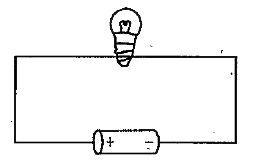 B
B C
C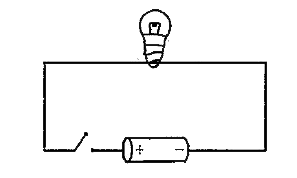 Dnone of these
Dnone of theseIn which of the following circuits will the bulb or bulbs glow least bright ?
AA simple circuit with one bulb and one cell .BA simple circuit with one bulb and two cells .CA simple circuit with two bulbs and one cell .DA simple circuit with bulbs and two cells .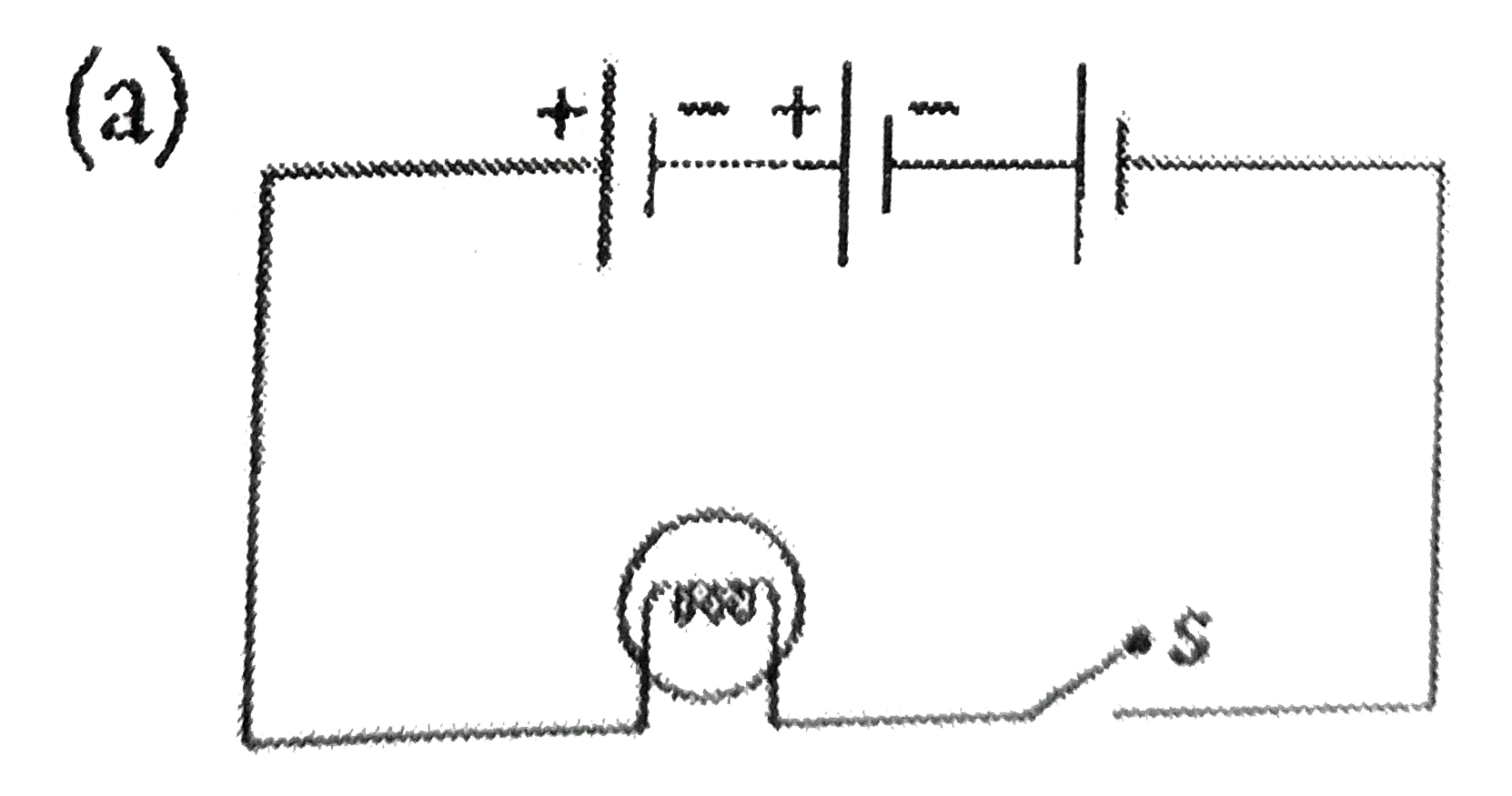
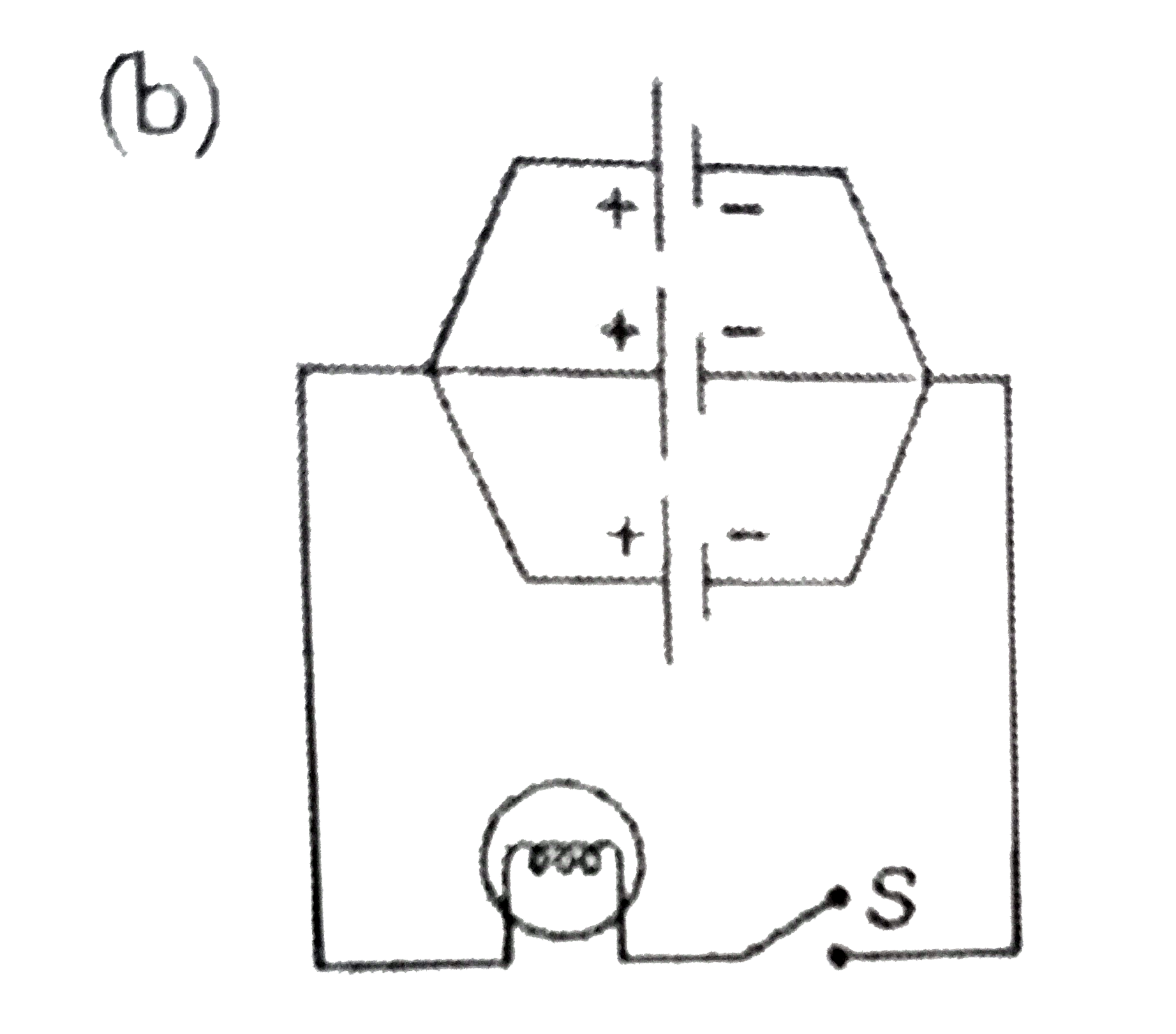
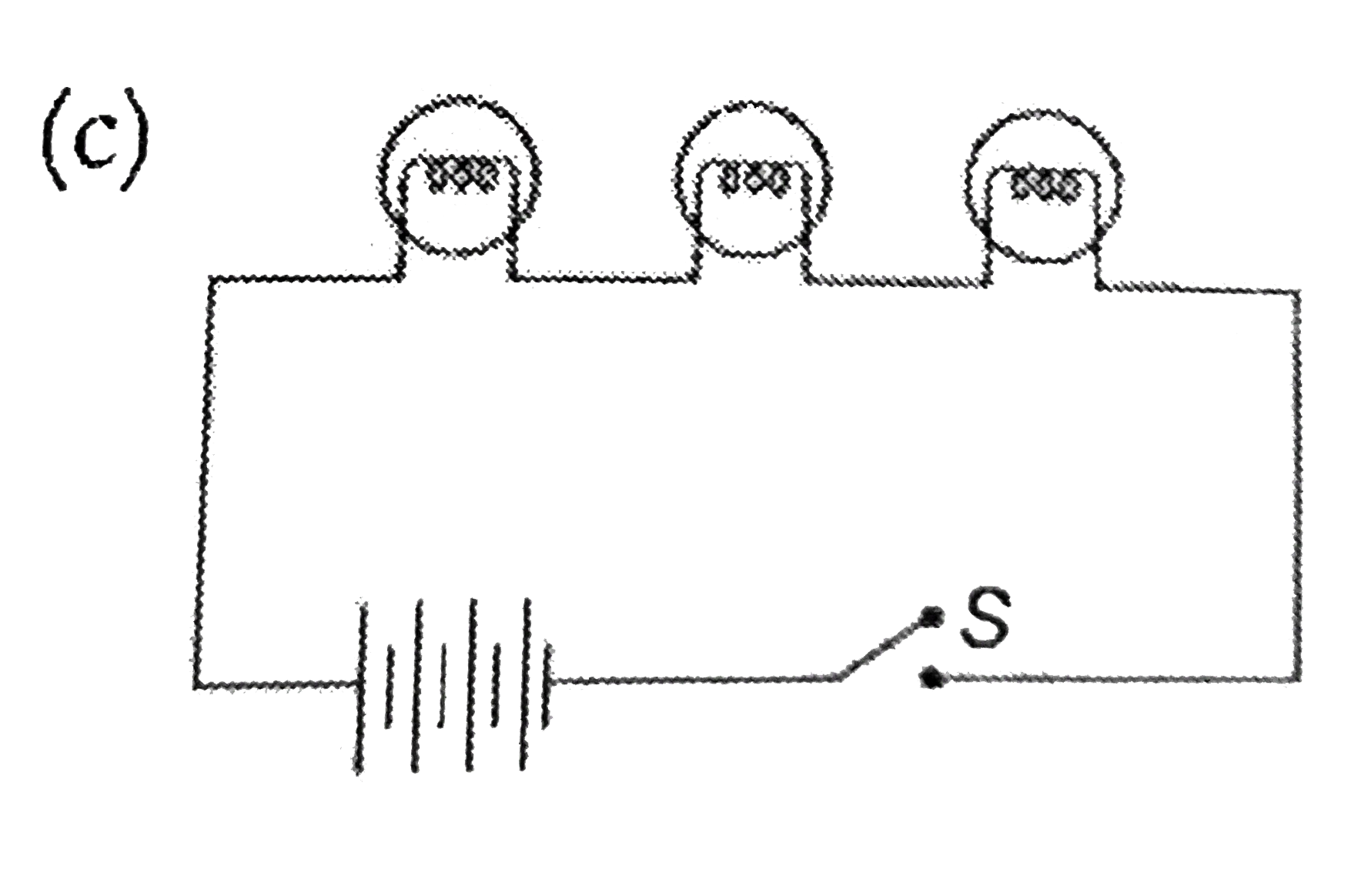
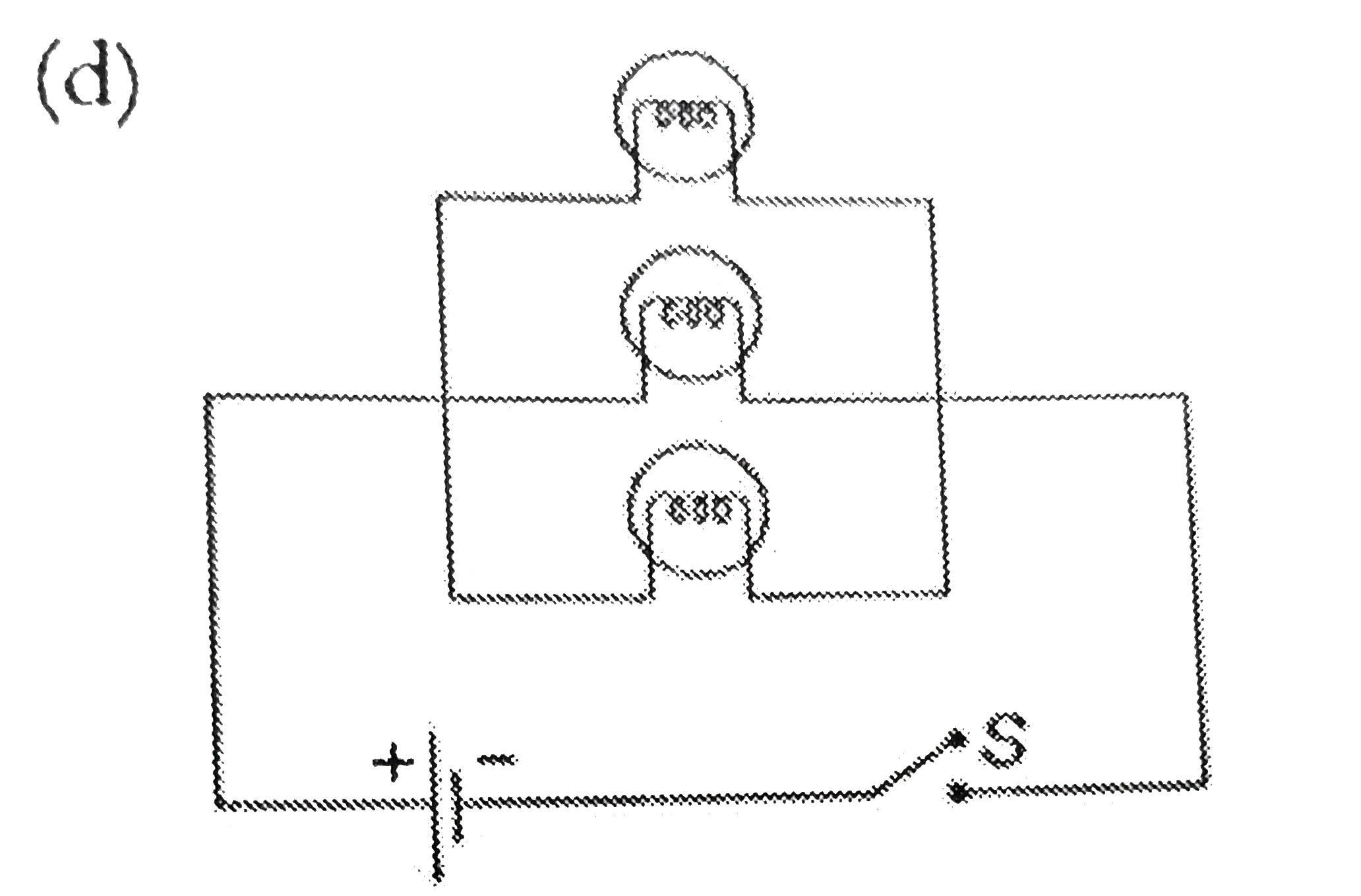
In which of the circuits given below above does the bulbs glow brighter ? (Assume that all bulbs and cells are identical )ACircuit 'a'BCircuit 'b'CCircuit 'c'DCircuit 'd'
B1,B2andB3 are three identical bulbs connected as shown in (fig. 3.46). When all the three bulbs glow, a current of 3A is recorded by the ammeter A.
(i) What happens to the glow of the other two bulbs when the bulb B1 gets fused ?
(ii) What happens to the readings of A1,A2,A3andA when the bulb B2 gets fused ?
(iii) How much power is dissipated in the circuit when all the three bulbs glow together ?
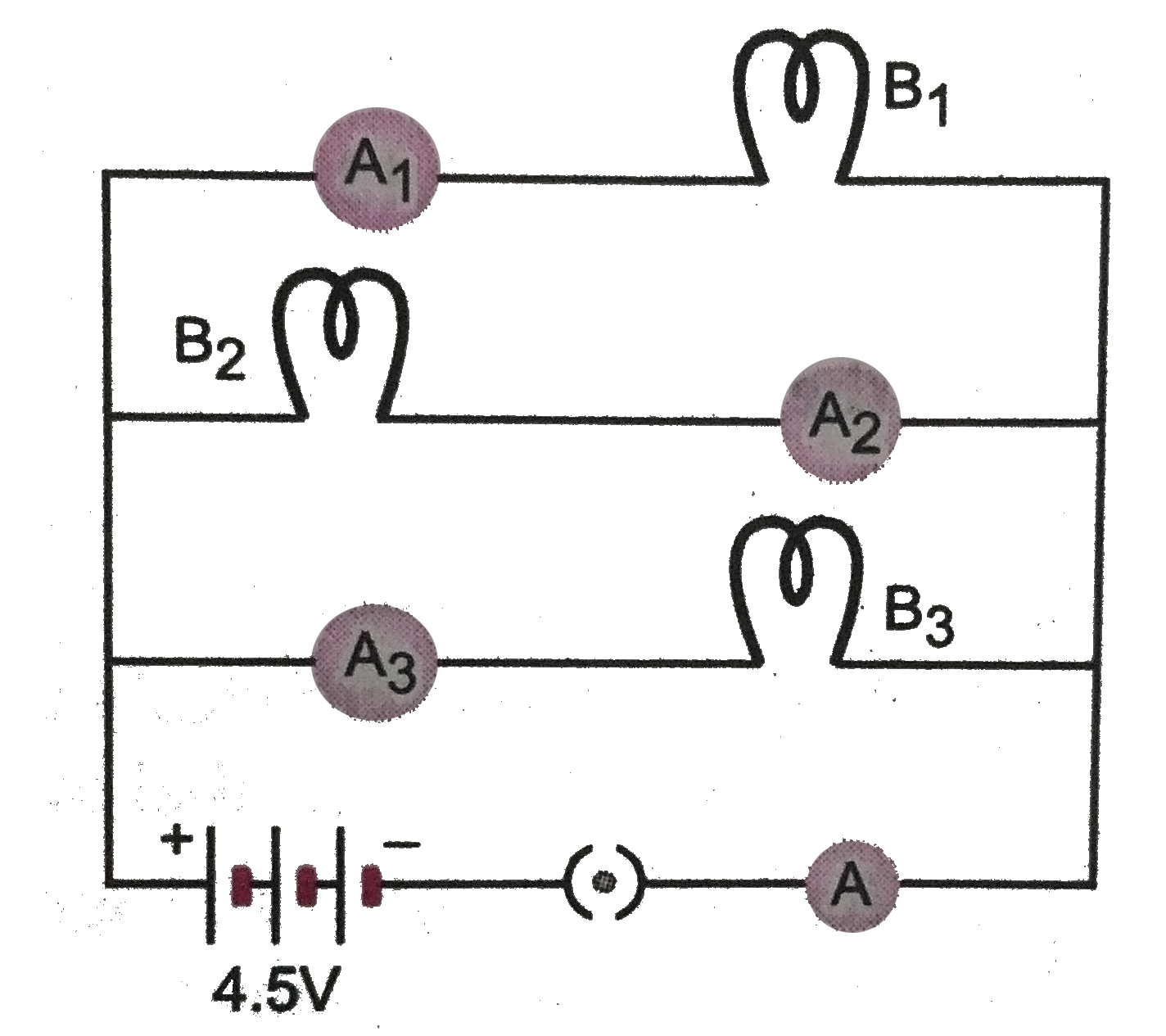 .
.
View SolutionThe bulb in the circuit shown in Figure does not glow. Can you identify the problem? Make necessary changes in the circuit to make the bulb glow.
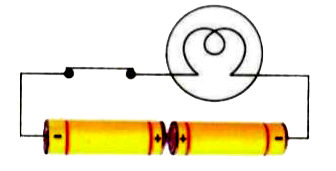
View SolutionThe bulb in the circuit shown in Figure does not glow. Can you identify the problem? Make necessary changes in the circuit to make the bulb glow.
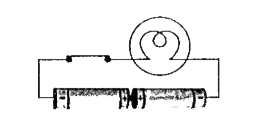
View Solution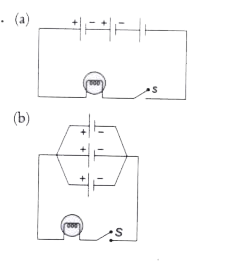
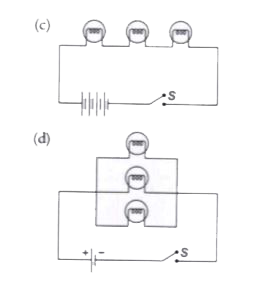
In which of the circuits given above does the bulbs glow brighter? (Assume that all bulbs and cells are identical)
View SolutionIn which of the following seups would the bulb glow ?

View Solution


